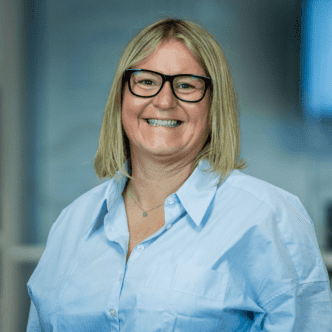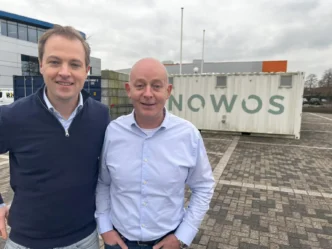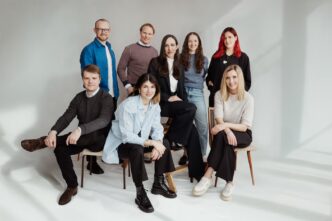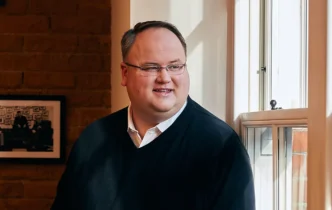Feeling overwhelmed by the nonstop stream of AI models for creative work? A San Francisco-based startup called Krea is stepping in to fix that. Especially for designers and visual creators — and it just raised $83 million to make that happen.
Krea is building a unified creative platform that brings together multiple generative AI models into one streamlined interface. Instead of requiring users to learn each model’s quirks or craft the perfect prompt. Krea simplifies the process, offering tools that let creators edit and refine outputs visually — and intuitively. That means no more bouncing between apps or trying to guess which model performs best. Krea makes those decisions behind the scenes so creators can focus on their vision.
The platform already counts creatives from Perplexity AI, Pixar, LEGO, Samsung, and Loop Earplugs among its users. Its tools let designers start with an idea, automatically match it to the right models. And then refine the generated visuals — even dragging and dropping elements, just like a painter would.
Krea’s $83 million raise includes $47 million in fresh Series B funding led by Bain Capital Ventures, with participation from Andreessen Horowitz and Abstract Ventures. Earlier rounds — a $3 million pre-seed/seed and a $33 million Series A — round out the full raise. According to sources, Krea is now valued at $500 million post-money.
Behind Krea are co-founders Victor Perez and Diego Rodriguez, longtime friends who first met in an audiovisual engineering program in Barcelona. Perez, a music producer, and Rodriguez, an artist, both shared a fascination with AI and eventually became researchers. Though they earned fellowships from the King of Spain to study at Cornell, they quickly ditched academia to chase their startup dream. In fact, Perez lasted just one day at Cornell before deciding to build Krea full-time.
Their goal? To make generative AI tools accessible and empowering — not overwhelming. And in an era where creative professionals are drowning in new AI tools and model updates, the timing feels right.
“There’s a massive gap in how designers use AI,” said Bain’s Aaref Hilaly. “Krea bridges that by layering a smooth creative experience over cutting-edge AI models.”
The approach seems to be resonating. While other platforms, like Quora’s Poe, aim to unify text-based models, Krea focuses on visual creativity — and now it’s branching into video, audio, and music generation. The latest funding will help expand enterprise features too, a shift from the company’s initial focus on individuals and small creative teams.
What sets Krea apart is that it doesn’t aim to replace human creativity. Instead, its tools are built to enhance it. “Creativity isn’t going to be automated,” said Perez. “We’re not removing artists from the process. We’re giving them better tools to work with ideas and stay in flow.”
Krea’s visual editing features let users tweak AI-generated images directly — a much more natural way to work for designers. “Why shouldn’t you be able to click, drag, or remove an element in an AI image — just like a real artist?” Rodriguez asked.
By building a platform that understands both the power of AI and the workflow of artists, Krea is positioning itself as a central creative hub in a fast-evolving market.













